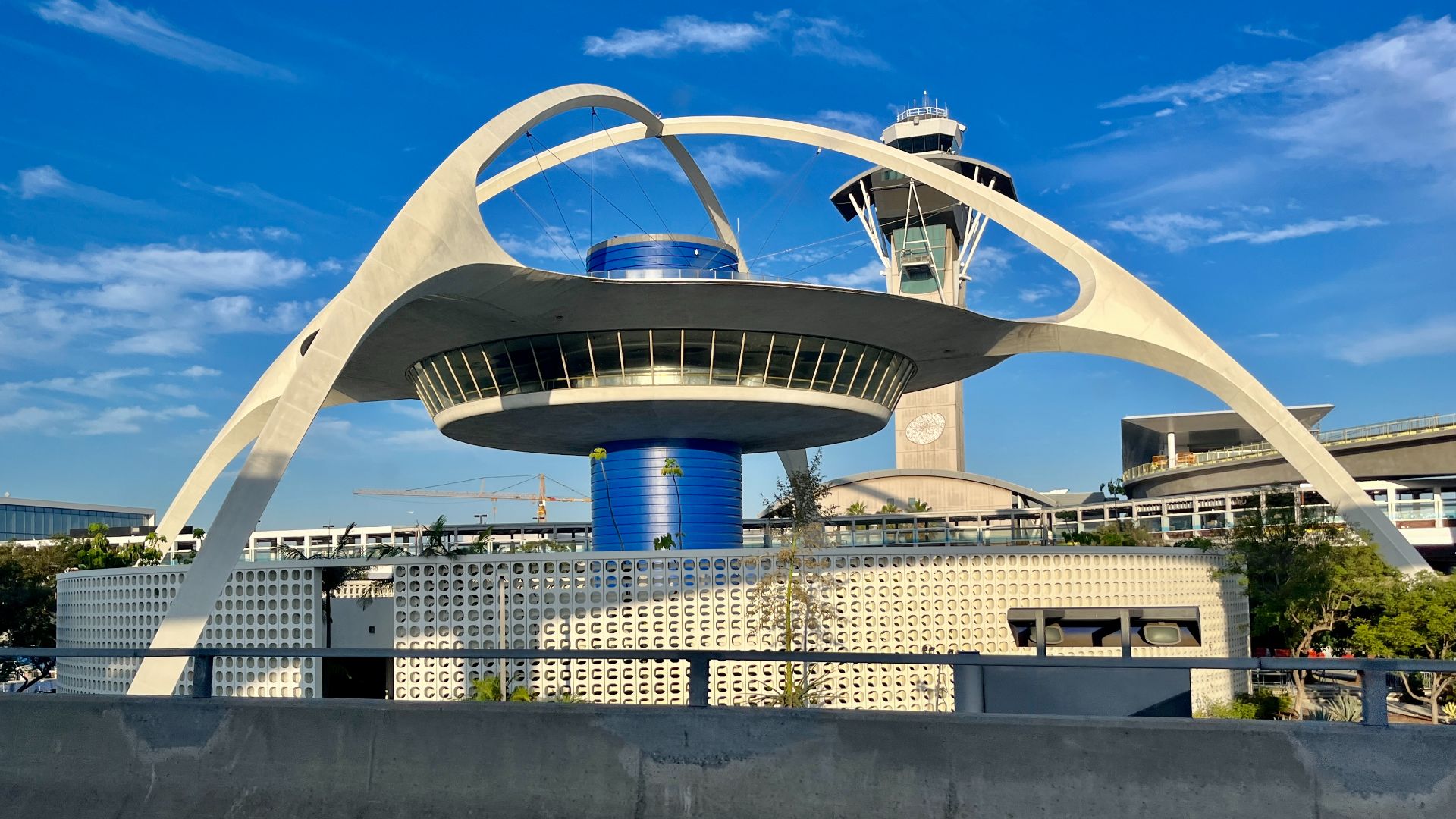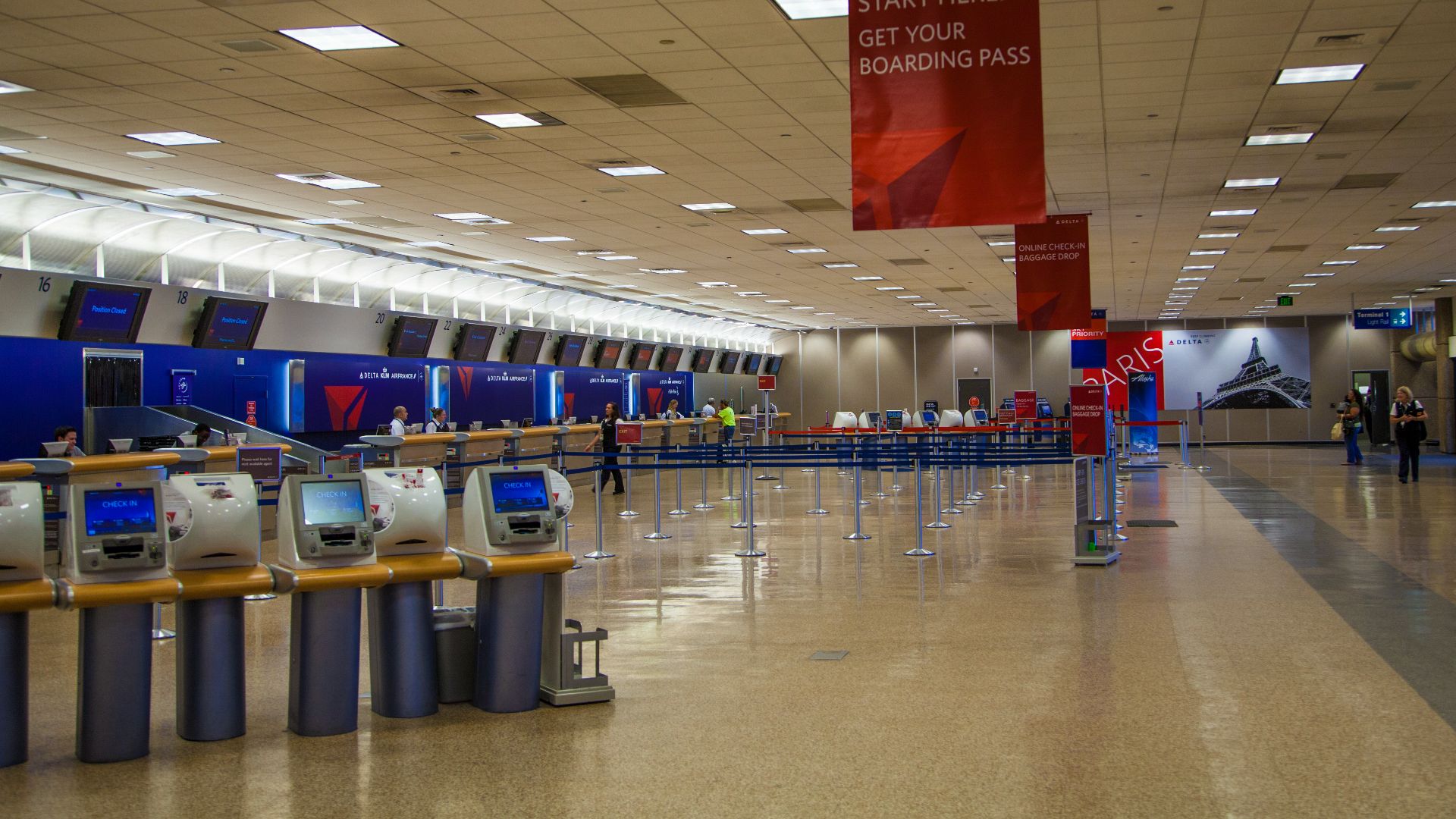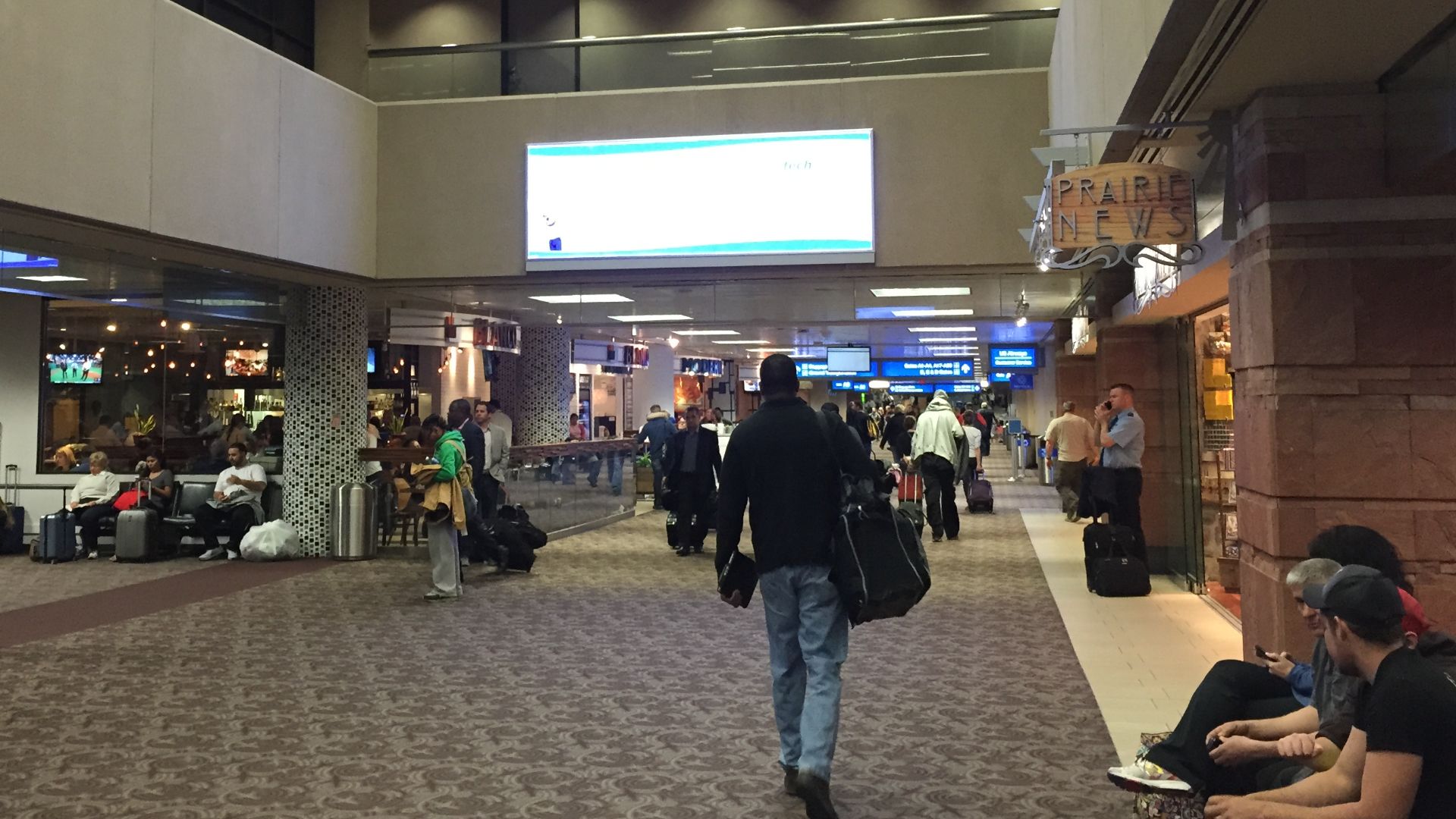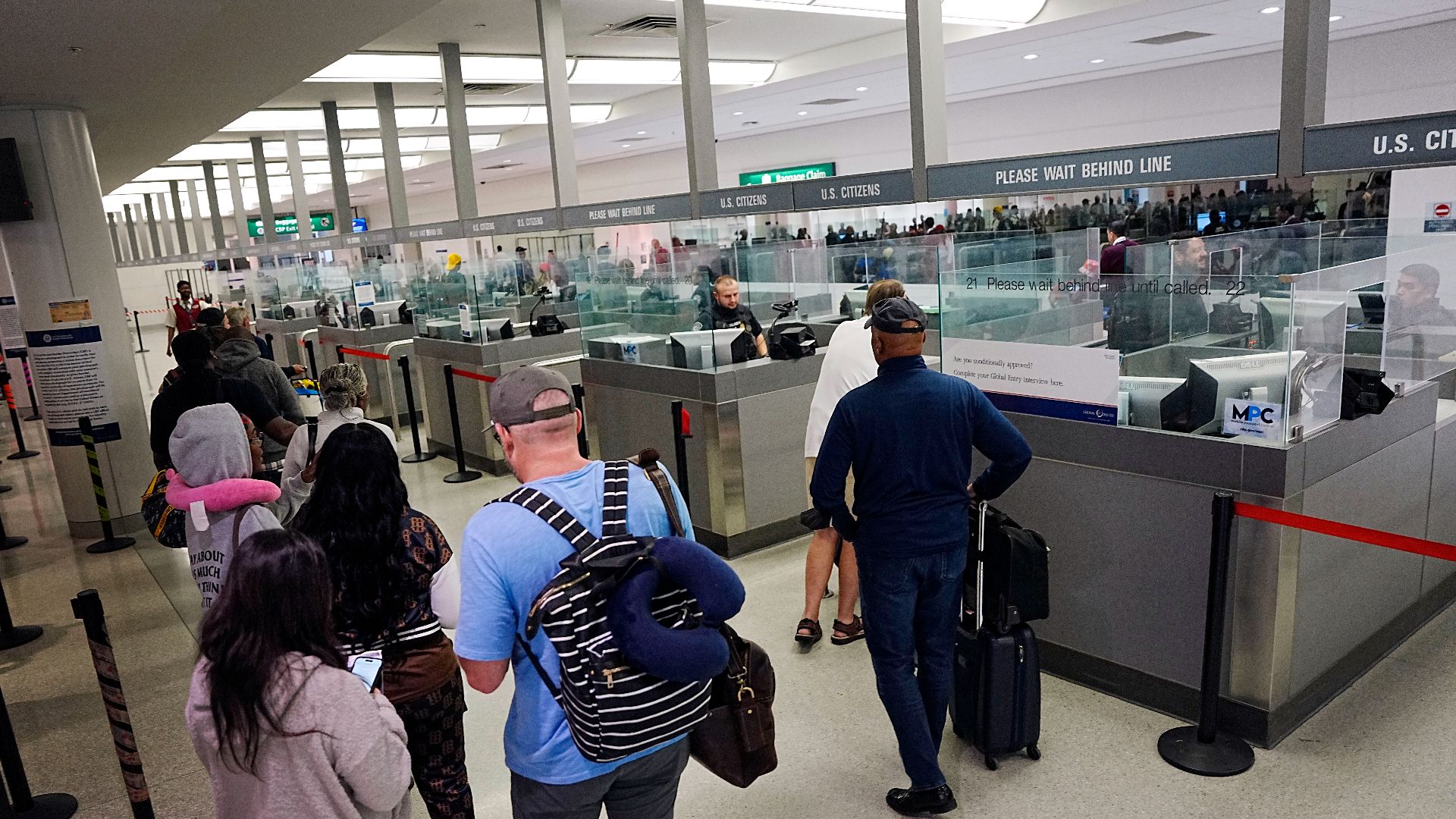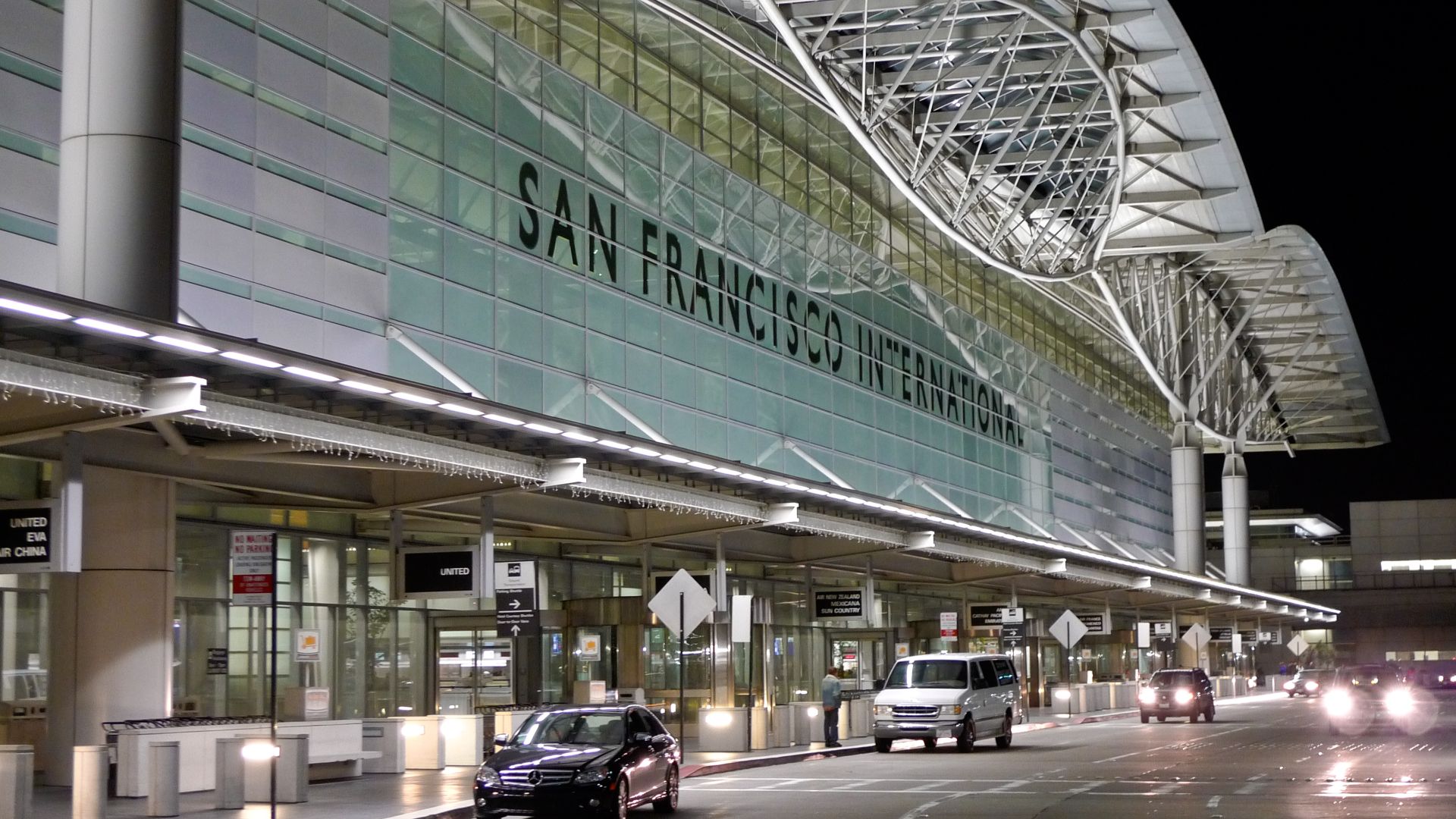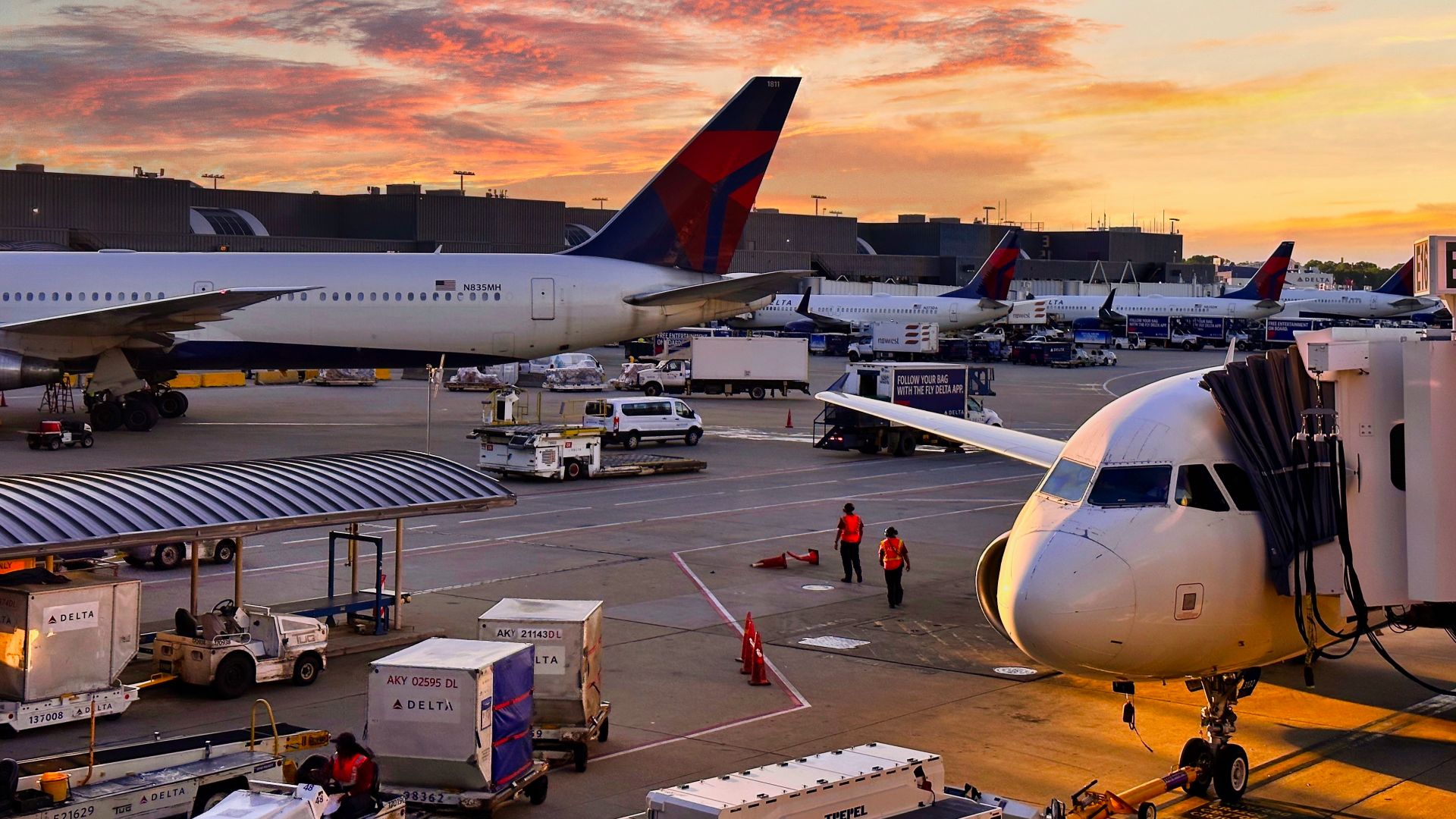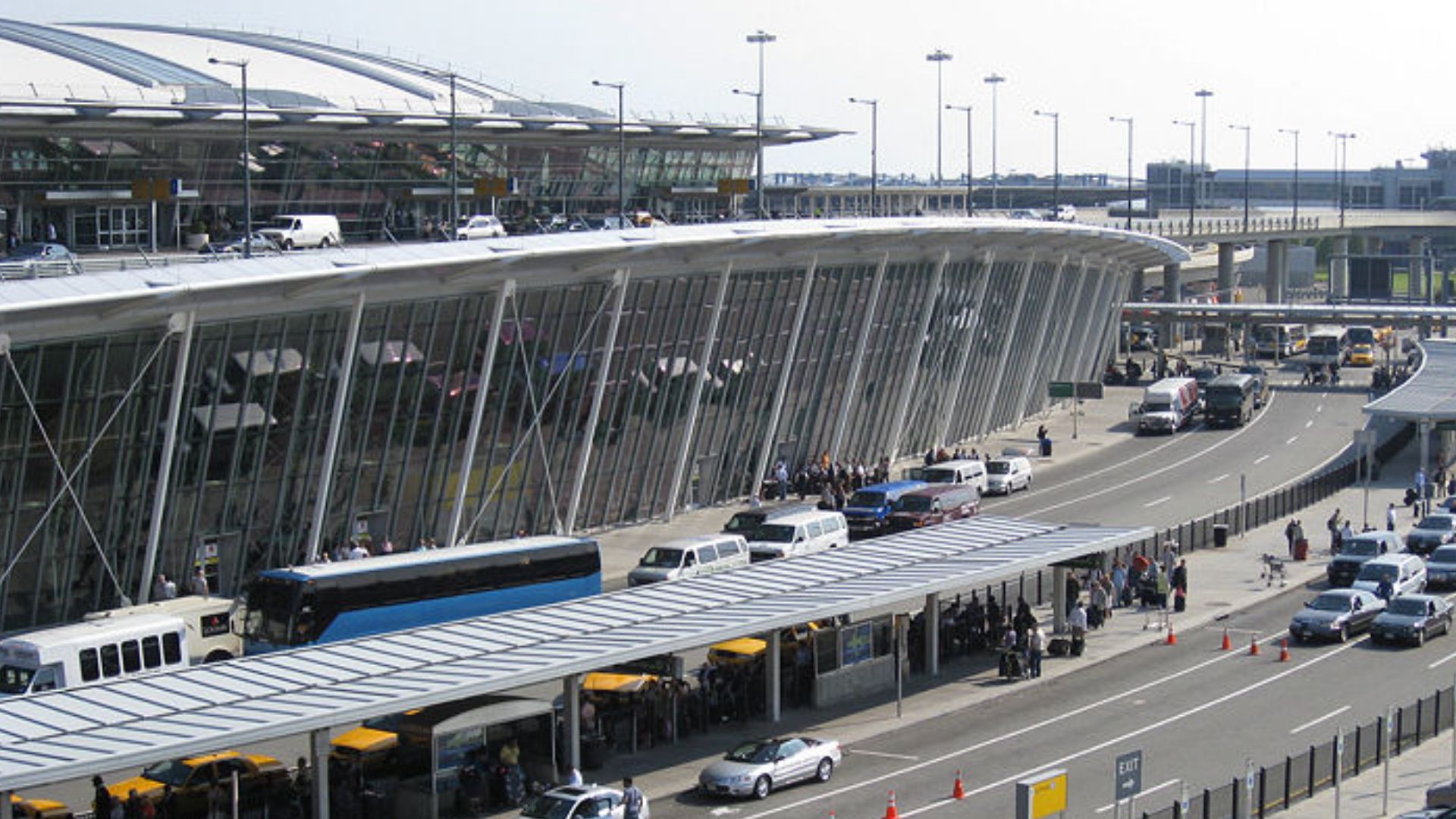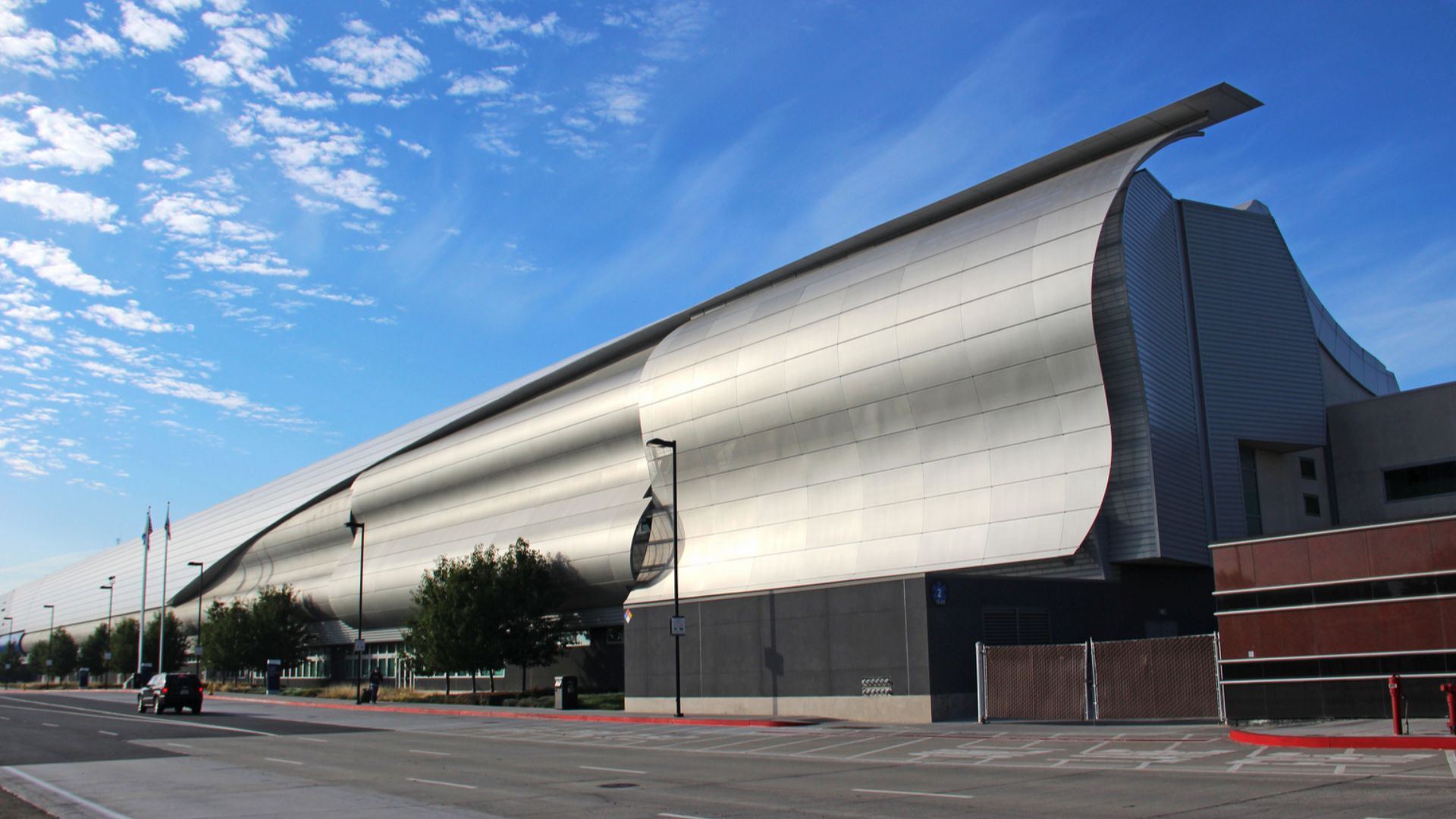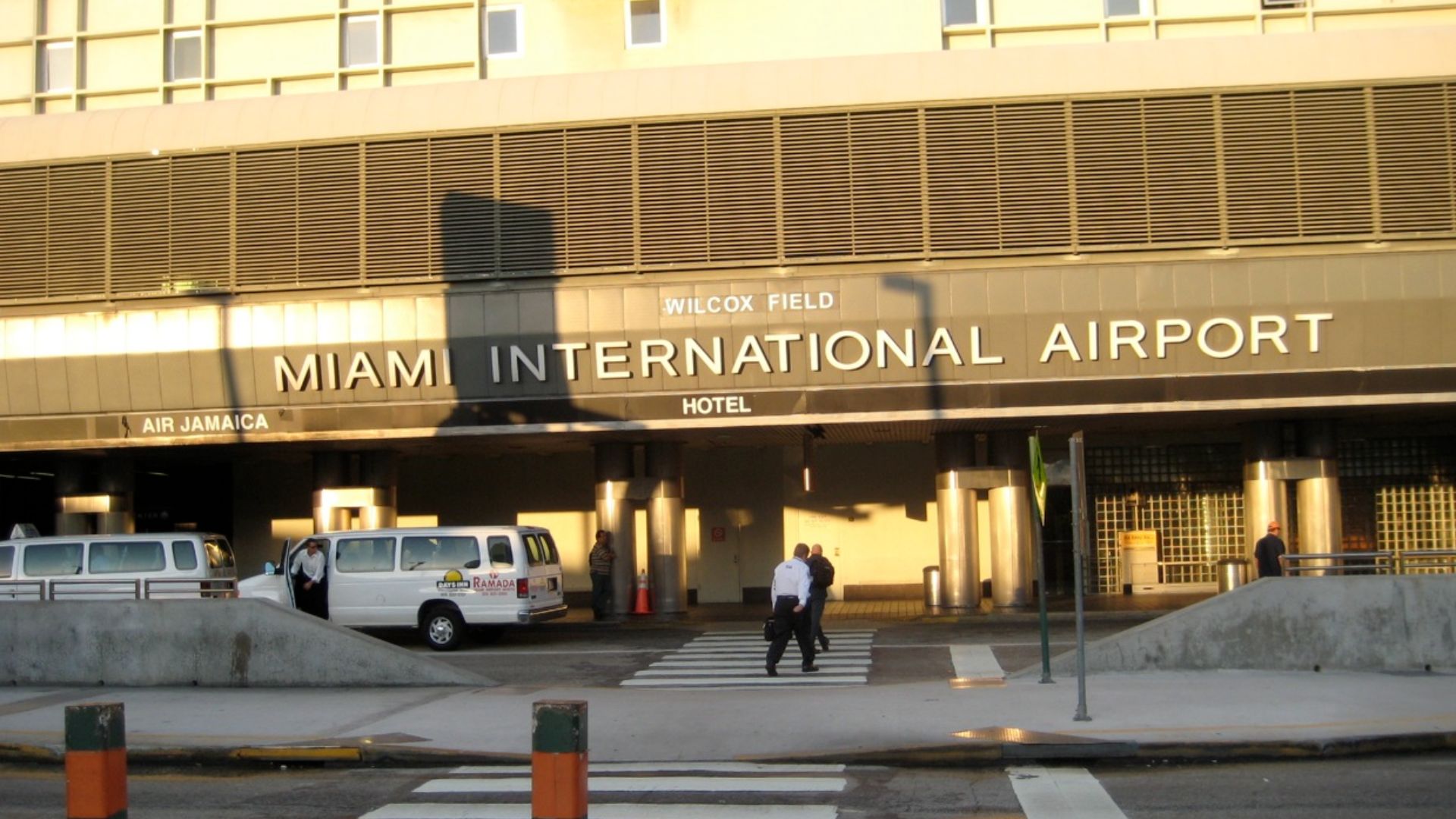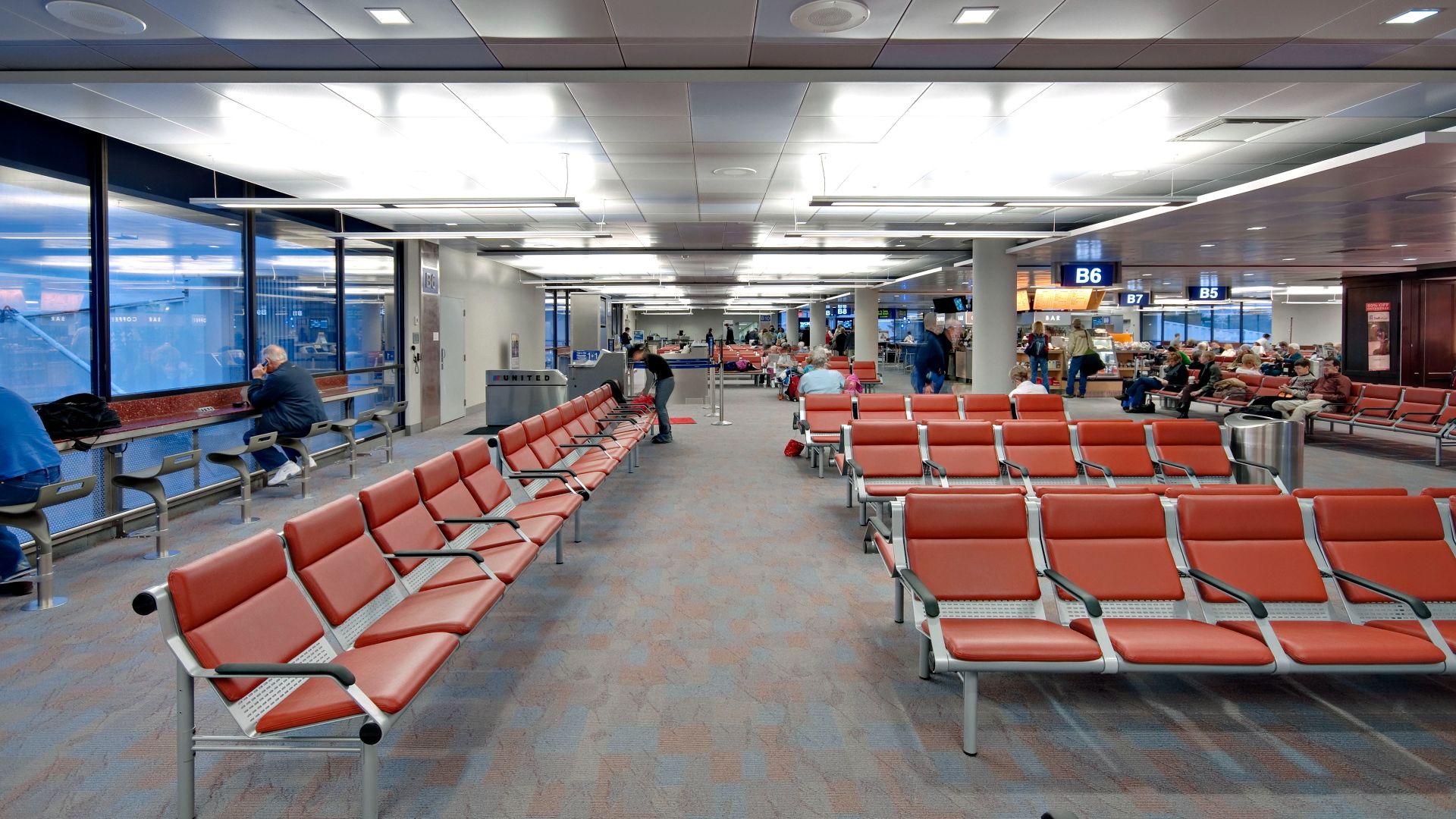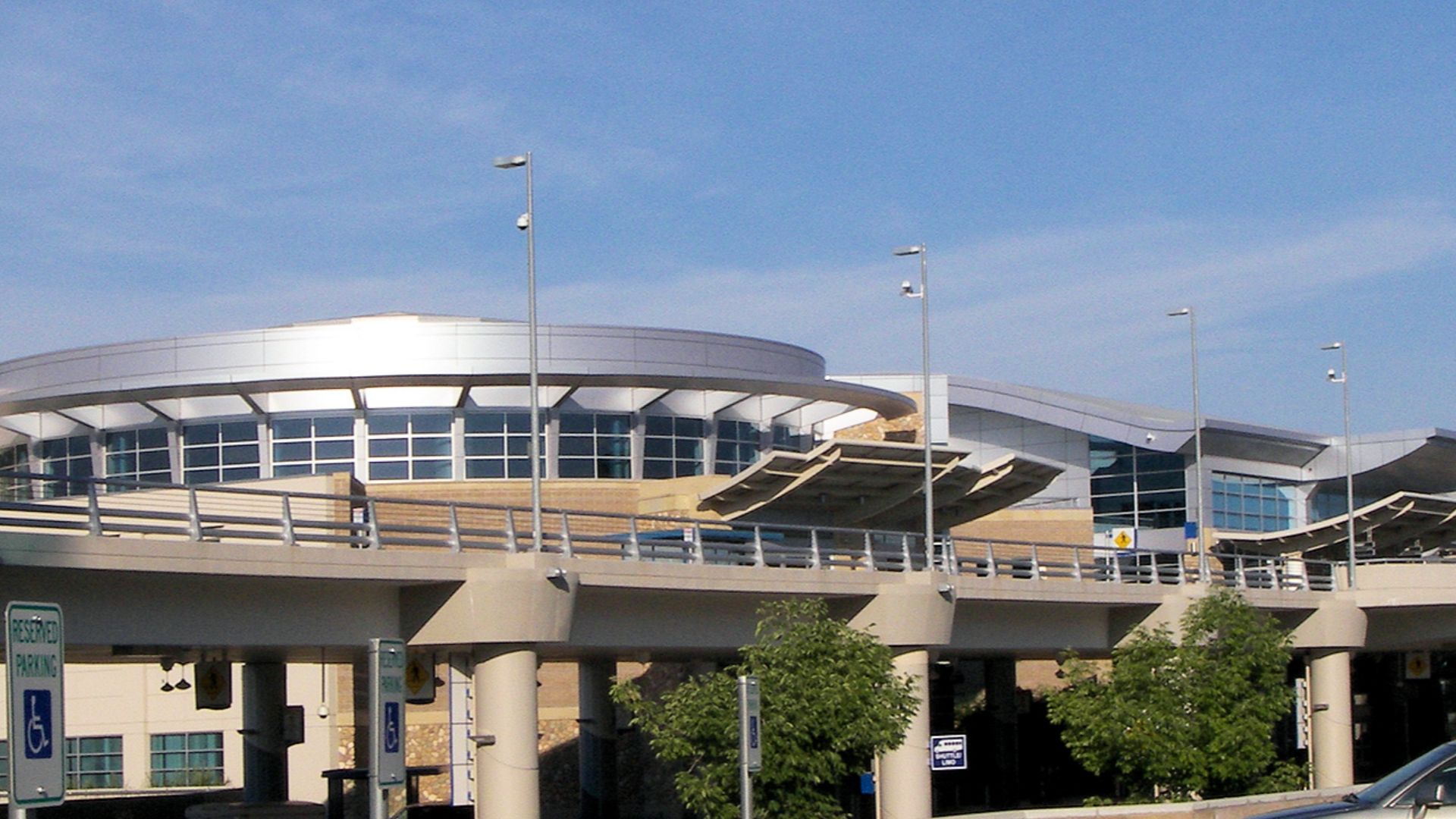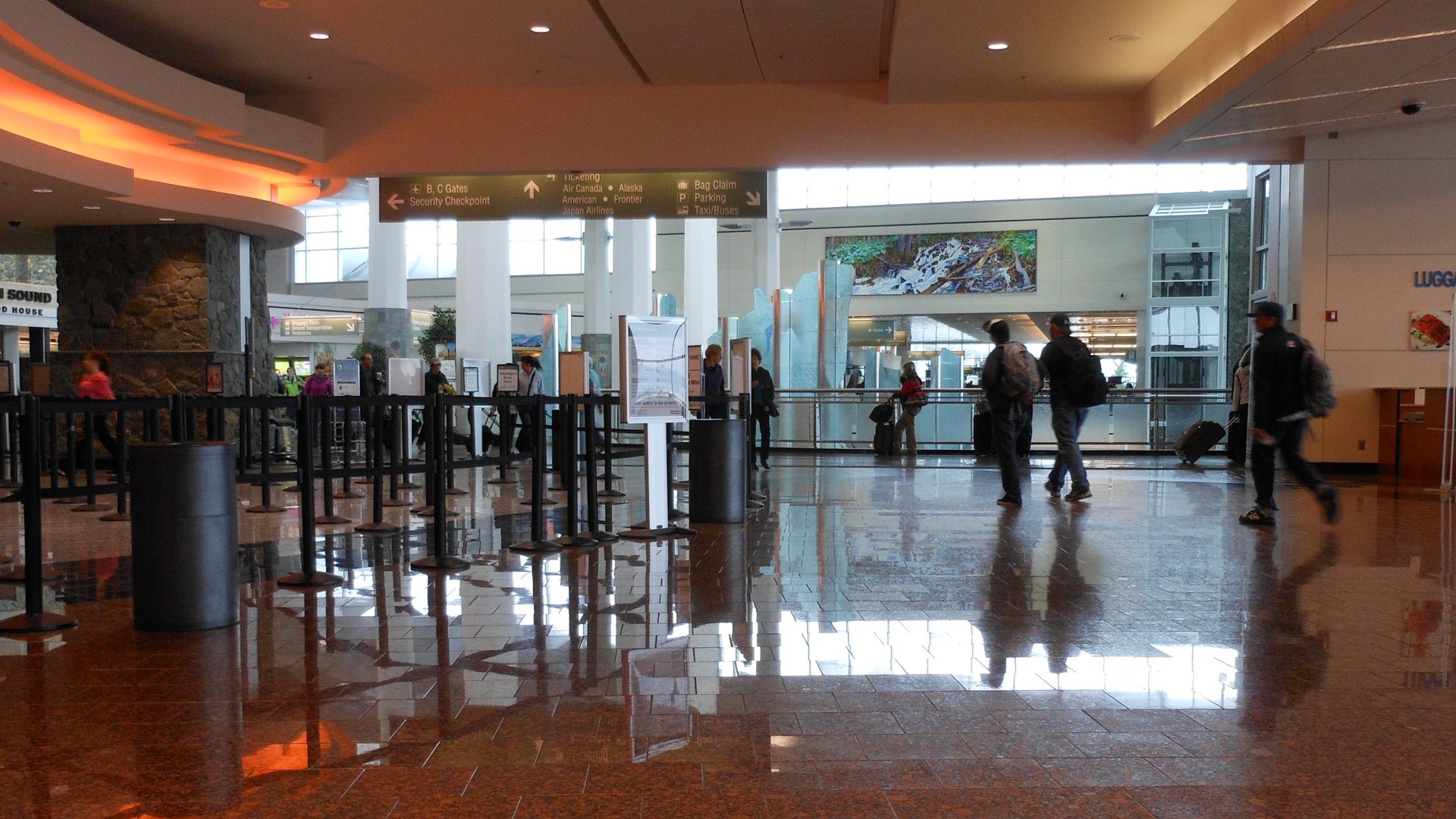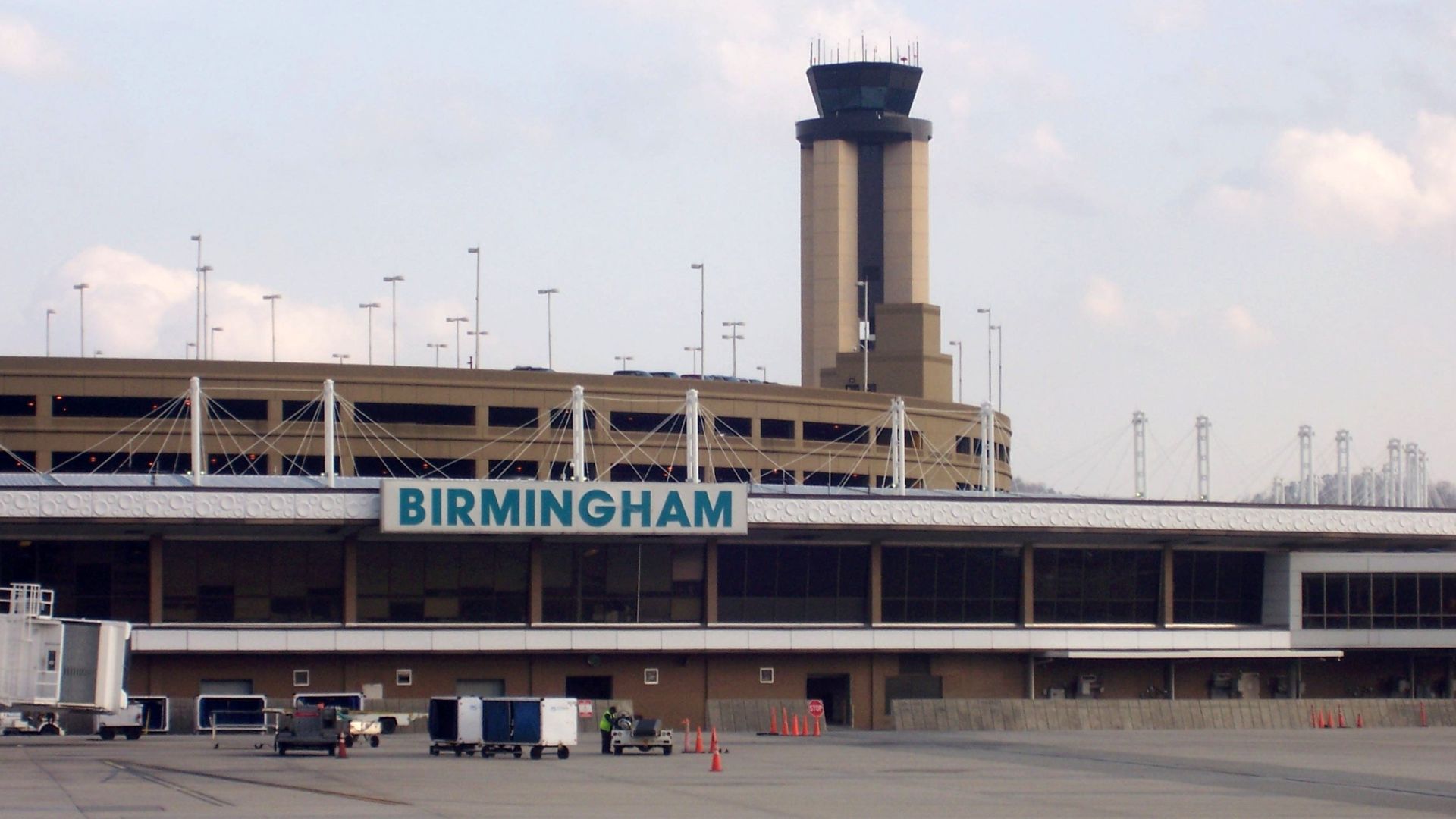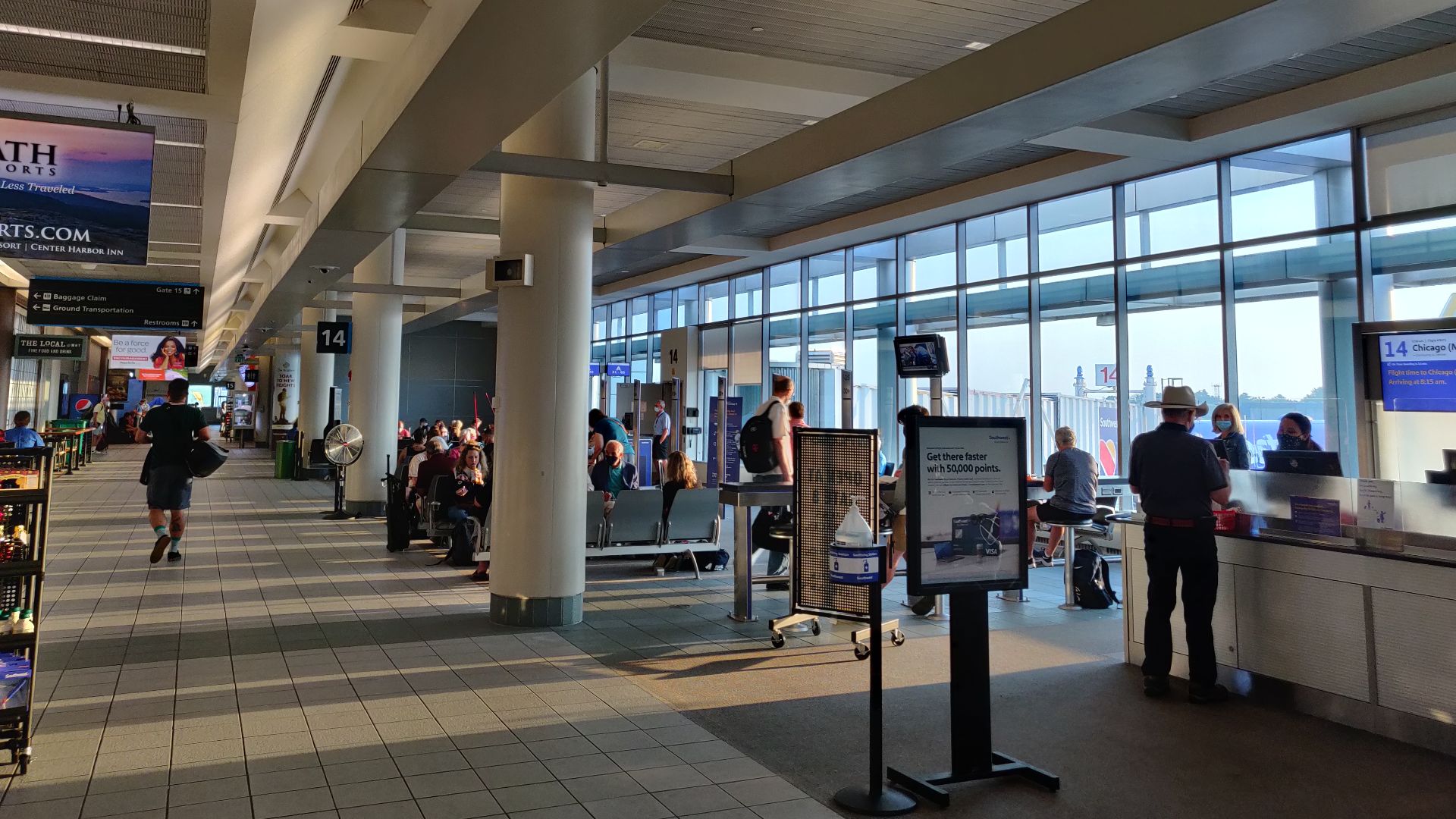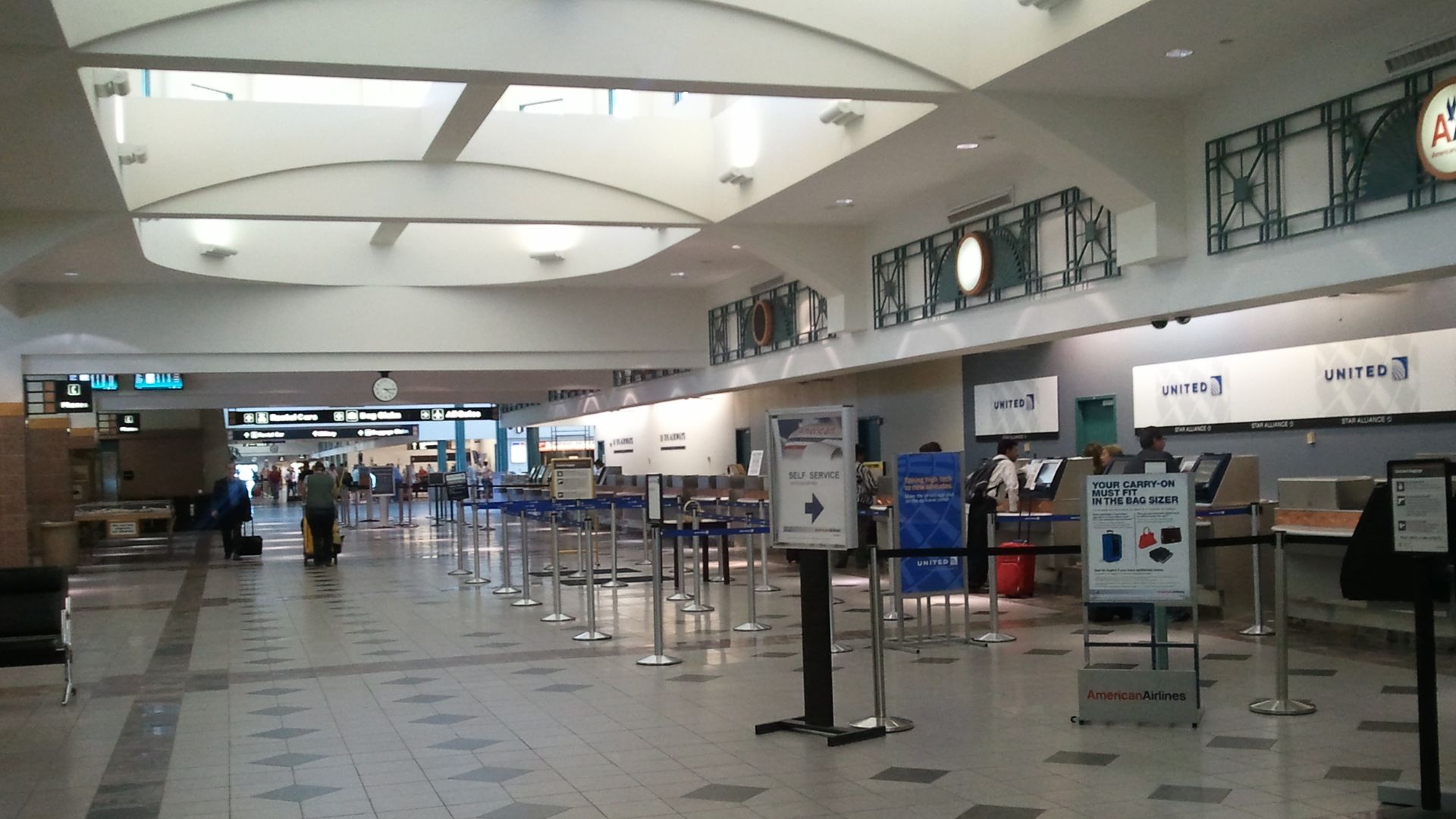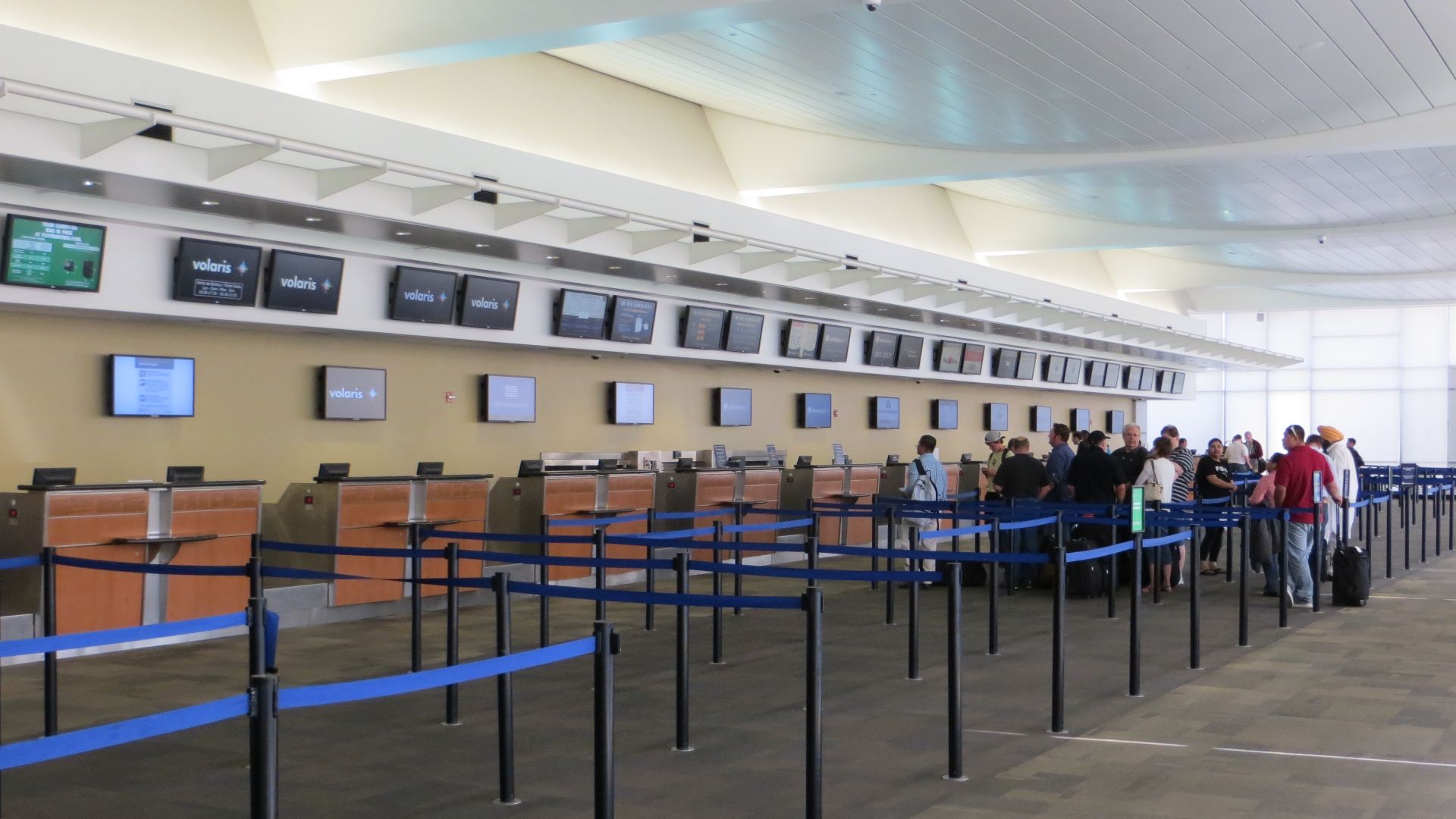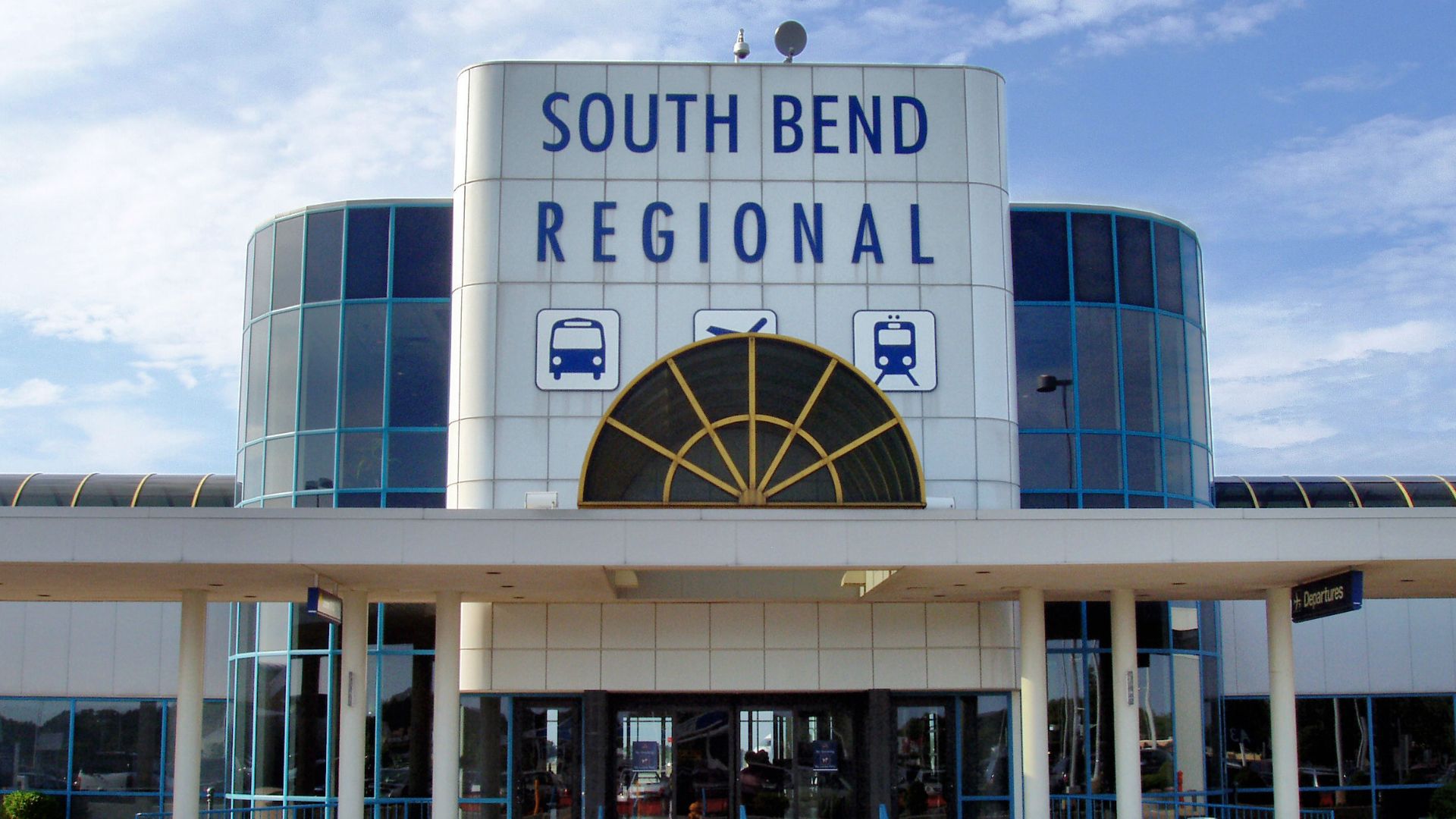From Paper Cards to Screens
Air travel has always leaned on identification. Long ago, a paper license and boarding pass were essential; nothing else would do. Slowly, scanners and apps chipped away at that paper pile. The latest change is digital ID—a person’s identification details stored right on mobile devices. Airports aren’t all on board yet, though. Some have embraced the update, others prefer the old routine. Here’s where each stands today, starting with those that use it.
1. Salt Lake City International Airport (SLC)
For TSA PreCheck members flying through Salt Lake City International Airport, the future of travel is already here. Enrolled passengers can bypass traditional ID checks by leveraging Utah's mobile credential program and SLC's facial recognition systems.
2. Phoenix Sky Harbor International Airport (PHX)
When approaching TSA checkpoints at Phoenix Sky Harbor International Airport, Arizona residents can skip fumbling for physical credentials, instead tapping into Apple Wallet's digital ID capability. The airport's IDEMIA readers validate state-issued licenses and IDs; however, Samsung and Google Wallet users still require traditional documents.
3. Baltimore/Washington International Thurgood Marshall Airport (BWI)
Remember when air travel meant fumbling for your physical ID? That is becoming history at Thurgood, which bears the name of the first African American justice of the Supreme Court. At TSA checkpoints, travelers from Maryland can now just tap their digital IDs from their Apple Wallets.
4. Los Angeles International Airport (LAX)
Landing at LAX means arriving at a tech-forward hub. As one of 15 major U.S. airports using facial recognition and mobile digital IDs, it reflects California’s commitment to modern security—echoed in the gold bear and star on its REAL ID licenses.
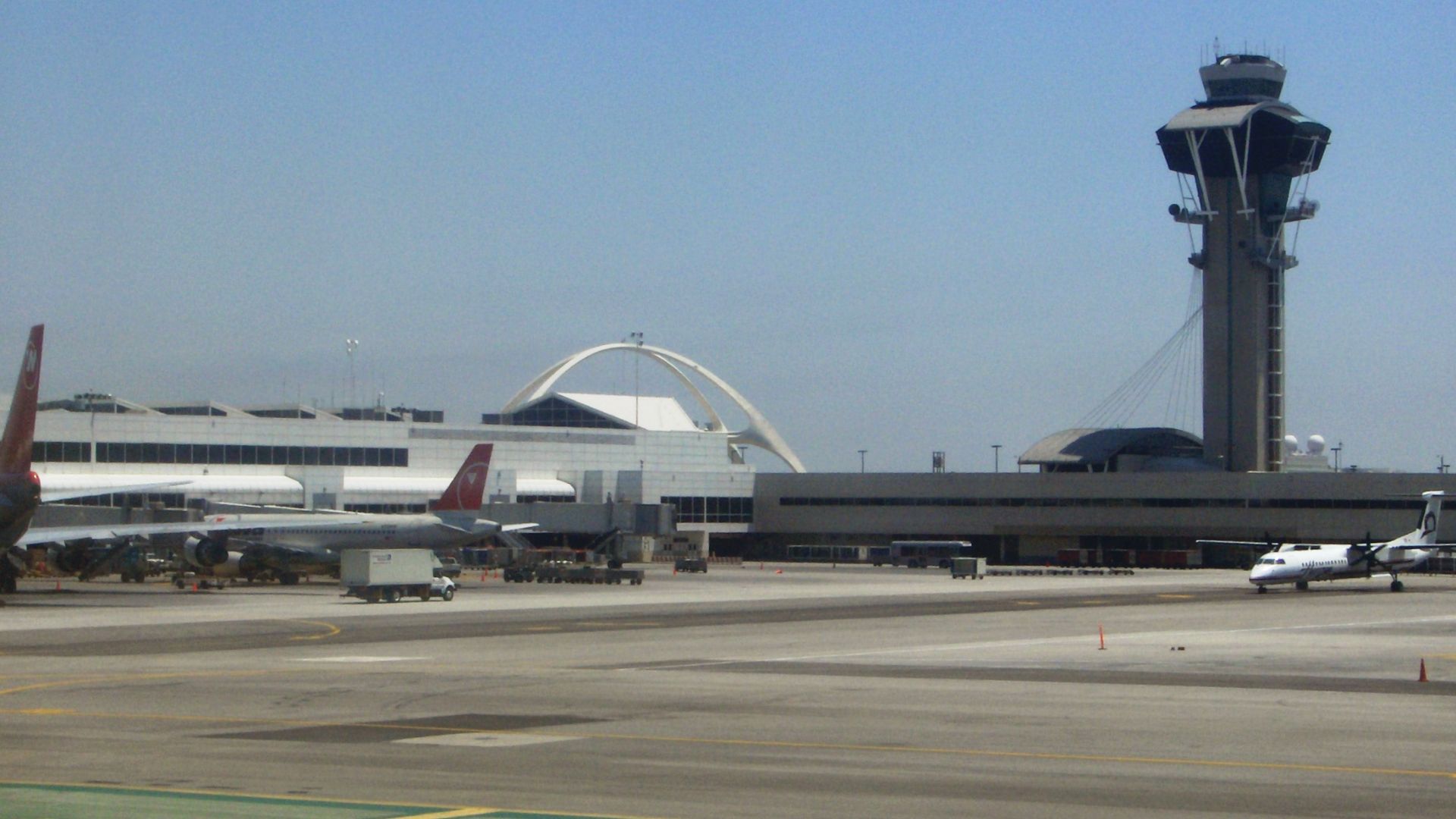 DreCube at Dutch Wikipedia on Wikimedia
DreCube at Dutch Wikipedia on Wikimedia
5. San Francisco International Airport (SFO)
As another of the fifteen U.S. airports pioneering next-generation verification, SFO showcases its technological leadership through a comprehensive digital screening ecosystem, encompassing California digital ID acceptance, facial recognition systems, and TSA PreCheck's Touchless ID verification for enrolled travelers.
6. Atlanta Hartsfield-Jackson International Airport (ATL)
Processing millions of travelers efficiently at the world's busiest airport demands innovative solutions. ATL delivers precisely that by integrating facial recognition and digital ID verification through TSA PreCheck's Touchless program, leveraging Georgia's early adoption of mobile identification technology.
7. New York John F. Kennedy International Airport (JFK)
Named for America's visionary 35th president, JFK Airport is totally living up to its forward-thinking namesake by embracing next-gen security. This major New York hub has ditched old-school ID checks and joined an elite group of airports pioneering digital IDs and facial recognition at TSA checkpoints.
8. Denver International Airport (DEN)
Denver International Airport has implemented Colorado's digital ID innovation, which allows residents to use Apple, Google, or Samsung Wallets for verification. This technological leadership unfolds across America's largest airport footprint by land area.
9. San José Mineta International Airport (SJC)
Anchoring Silicon Valley's bustling tech ecosystem, San José Mineta International Airport naturally champions digital evolution in the travel industry. It does so with TSA's mobile ID acceptance reflecting its gateway status and California's broader embrace of innovation.
10. Miami International Airport (MIA)
Recent buzz about digital IDs at Miami International Airport deserves context: while MIA is part of TSA’s national rollout, Florida has yet to join the mobile ID program fully. Currently, only TSA PreCheck passengers at select checkpoints can use mobile IDs.
While some airports are moving ahead with digital IDs and facial recognition, others are holding back. Let’s shift to the places where travelers still need the traditional license in hand before making it through security.
1. Tucson International Airport (TUS)
Tucson International Airport does not currently accept mobile digital IDs for TSA screening. Although Arizona supports mobile driver’s licenses, only Phoenix Sky Harbor offers digital ID verification. TUS travelers must present physical, government-issued identification at security checkpoints for identity confirmation.
2. Portland International Jetport (PWM), Maine
Known initially as Portland-Westbrook Municipal (hence "PWM"), this gateway has grown into Maine's busiest airport. While Portland International Jetport continues to evolve, it currently maintains traditional security protocols, accepting only physical IDs for TSA screening rather than digital alternatives.
3. Boise Airport (BOI), Idaho
Serving as the main aviation gateway to Idaho's capital, Boise Airport maintains its established presence just under four miles from the downtown core. Even as the TSA continues to expand digital identification acceptance nationwide, BOI currently requires traditional, physical, government-issued photo IDs.
4. Anchorage Ted Stevens International Airport (ANC)
Anchorage Ted Stevens International Airport (ANC) uses facial recognition and Credential Authentication Technology (CAT-2) for TSA screening, which is part of TSA’s broader digital identity infrastructure. However, ANC does not currently accept mobile digital IDs—such as a driver’s license stored in Apple Wallet—for general TSA screening.
5. Birmingham-Shuttlesworth International Airport (BHM), Alabama
While BHM's sleek $201 million terminal renovation showcases Alabama's largest airport going ultra-modern, there's a digital disconnect: travelers still can't use mobile IDs for TSA screening at this civil rights icon named for Fred Shuttlesworth.
6. Manchester-Boston Regional Airport (MHT), New Hampshire
Bridging southern New Hampshire and Greater Boston, Manchester-Boston Regional Airport emerged from its 1942 military roots as Grenier Field to become a traveler-friendly gateway, where quick security lines and easy access define the experience—though digital ID screening hasn't yet joined its modern amenities.
7. Spokane International Airport (GEG), Washington
As travelers approach TSA security at Spokane International Airport (GEG), named for its historic origins at Geiger Field, they must present physical identification only. The airport, absent from TSA's digital ID acceptance list, requires traditional REAL ID-compliant documents or passports for screening.
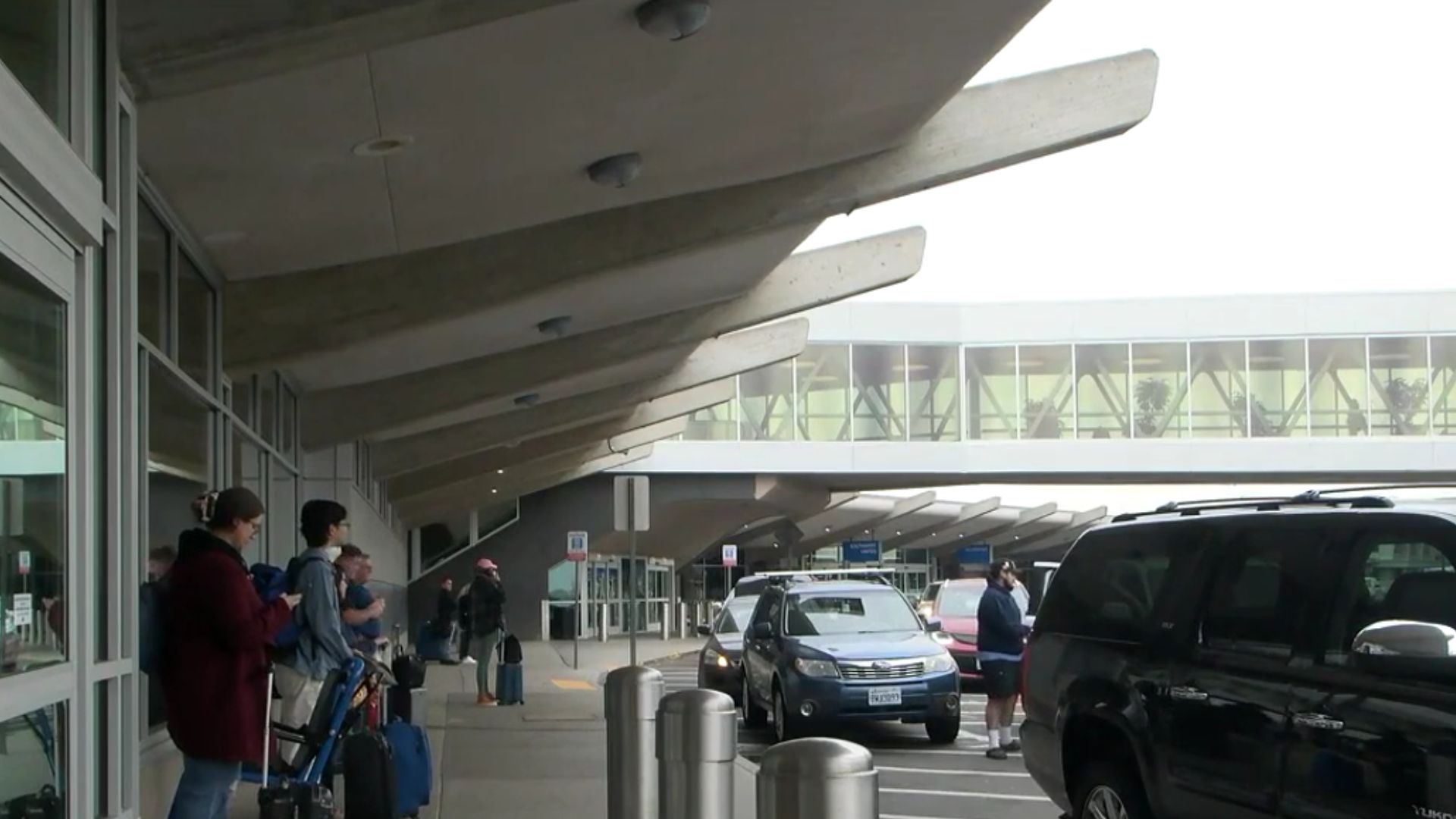 $150 million expansion project gets underway at Spokane International Airport by 4 News Now
$150 million expansion project gets underway at Spokane International Airport by 4 News Now
8. El Paso International Airport (ELP), Texas
Adorned with an impressive collection of public artworks, El Paso International Airport maintains traditional security protocols requiring physical REAL ID documents. As West Texas's most prominent commercial aviation hub, the facility serves a vital role just six miles from the U.S.-Mexico border.
9. Fresno Yosemite International Airport (FAT), California
Despite California's participation in TSA's digital ID initiatives, travelers at Fresno Yosemite International Airport—whose FAT code recalls its heritage as Fresno Air Terminal—must present physical, REAL ID-compliant documents for security screening, as digital identification remains unaccepted at checkpoints.
10. South Bend International Airport (SBN), Indiana
Connecting northern Indiana and southwestern Michigan's jet-setters with the wider world, SBN brings next-level travel vibes as Indiana's sole airport, rocking its own train station. Just a quick 15-minute drive from Notre Dame, though travelers should note: digital IDs aren't trending here yet.


